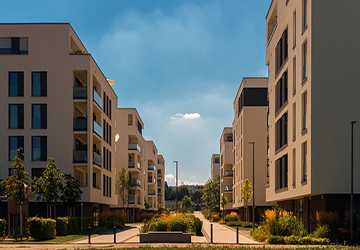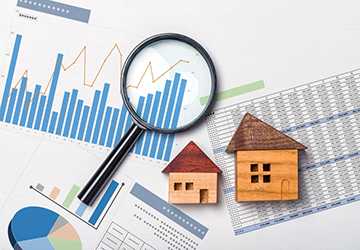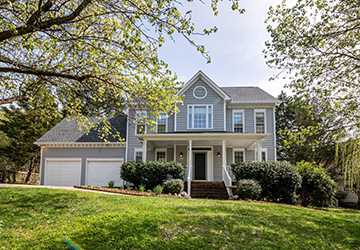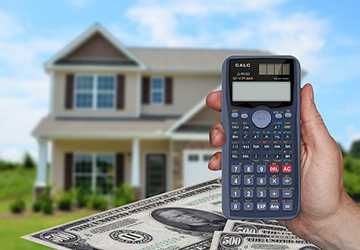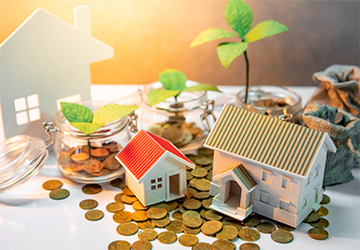Why Green Building Practices Are the Future of Real Estate
Real estate has seen its fair share of changes over the years, evolving with the needs and demands of society. As environmental concerns rise to the forefront of global discourse, the industry is now looking at a revolutionary trend: green building practices. Sustainable real estate is not just a buzzword; it's becoming a necessity, ensuring that we create living spaces that are both comfortable for residents and kind to our planet.
The Growing Importance of Sustainable Real Estate
In recent years, there has been an increasing emphasis on the need for sustainability in all industries. Real estate, given its significant environmental footprint, is no exception. The demand for eco-friendly construction is soaring, driven by both consumer demand and regulatory requirements.
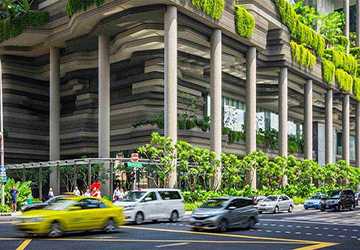
A sustainable real estate property doesn't just consider the end product. It delves deep into the sourcing of materials, the construction process, energy consumption, and the long-term impact of the property on its surroundings. With the climate crisis at our doorstep, it's clear that the houses and buildings of the future need to be constructed with a sustainable lens.
Green Building Benefits: More Than Just Environmental
While the environmental advantages are the most touted, there are numerous green building benefits that extend beyond just saving the planet:
Cost Savings: Although the initial investment might be higher, green buildings typically have lower operational costs. They consume less water and energy, translating to reduced utility bills for occupants.
Improved Health: Eco-friendly construction often involves better ventilation systems, reduced use of toxic materials, and an overall emphasis on creating a healthier living environment. This can lead to fewer health issues for residents in the long run.
Enhanced Property Value: As the demand for sustainable properties grows, their market value sees a concurrent rise. Homebuyers and investors are willing to pay a premium for properties that promise long-term sustainability.
Resilience: Green buildings are often designed with resilience in mind, meaning they are better equipped to handle natural disasters and changes in the environment.
The Role of Eco-friendly Construction in Shaping Future Real Estate Trends
Eco-friendly construction is no longer just an optional practice; it's rapidly becoming the standard. As technology advances, construction methods are evolving, emphasizing renewable energy, recycled materials, and innovative designs that minimize waste.
Such construction practices aren't just about erecting a building; they're about creating a holistic environment. Think urban gardens on rooftops, rainwater harvesting systems, and buildings designed to maximize natural light. These aren't just 'nice-to-have' features anymore. They're becoming integral parts of modern building designs, underlining the direction in which future real estate trends are headed.
Embracing the Future: The Need for Continued Evolution\
The journey towards sustainable real estate is continuous. As our understanding of the environment grows and technology evolves, so too should our construction practices. The focus should not just be on creating green buildings but on developing entire sustainable communities. These would integrate energy-efficient transport, waste reduction systems, and community-driven sustainability initiatives.
It's evident that sustainable real estate and eco-friendly construction aren't fleeting trends. They represent a vital shift in the way we approach building and urban planning. As the world grapples with unprecedented environmental challenges, the importance of green building benefits cannot be overstated.
The Rise of Energy-Efficient Technologies in Real Estate
The push for sustainable real estate is ushering in a new era of technological advancements designed to make our buildings smarter and more efficient.
Solar Panels: One of the most significant breakthroughs in sustainable energy, solar panels turn homes and commercial spaces into self-sustaining energy producers.
Smart Thermostats: These devices optimize heating and cooling, ensuring that energy isn't wasted when it is not needed.
LED Lighting: Using up to 75% less energy than traditional bulbs, LED lights are becoming the standard for green construction.
The Social Impacts of Green Building Practices
It is not just about the environment or cost-saving. Sustainable construction practices can have profound positive effects on societies.
Job Creation: The rise in eco-friendly construction has led to the creation of new job opportunities, especially in renewable energy sectors.
Community Well-being: Green spaces, communal gardens, and walkable neighborhoods foster a sense of community, encouraging social interactions and healthier lifestyles.
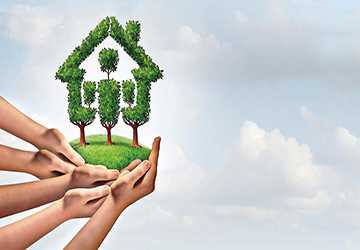
The Economic Incentives Behind Sustainable Real Estate
Governments and organizations worldwide are recognizing the green building benefits and are providing incentives for developers and homeowners to adopt these practices.
Tax Credits: Many regions offer tax benefits for homes and buildings that meet certain energy-efficient criteria.
Loans and Grants: Specialized loans with lower interest rates, or even grants, are available for those keen to invest in sustainable real estate.
The Global Movement Towards Urban Green Spaces
As more people flock to cities, there's a growing need to ensure these urban spaces are livable, breathable, and sustainable.
Vertical Gardens: An innovative solution to the lack of horizontal space, allowing cities to grow upwards without compromising on greenery.
Parklets: Small urban parks, often created from converted parking spots, which offer a touch of nature amidst the urban jungle.
Sustainable Real Estate: A Global Responsibility
The movement toward sustainable real estate isn't limited to any one country or culture. It is a global shift, reflecting a universal acknowledgment of our collective responsibility to the planet.
Global Collaboration: Countries are sharing research, insights, and technological advancements to ensure the best green practices are adopted worldwide.
Education and Awareness: It is crucial for every member of society, from children to policymakers, to understand the importance of sustainability. A well-informed population will drive the demand for greener buildings and spaces.
Final Words: The Future is Green
As we look ahead, it is clear that the world of real estate is undergoing a seismic shift. The future of real estate lies in sustainable practices. It is not just about building structures anymore, but about creating sustainable ecosystems. As more people recognize the vast array of green building benefits, the demand for eco-friendly construction will only grow. For developers, investors, and consumers alike, the message is clear: the future of real estate is undeniably green.
